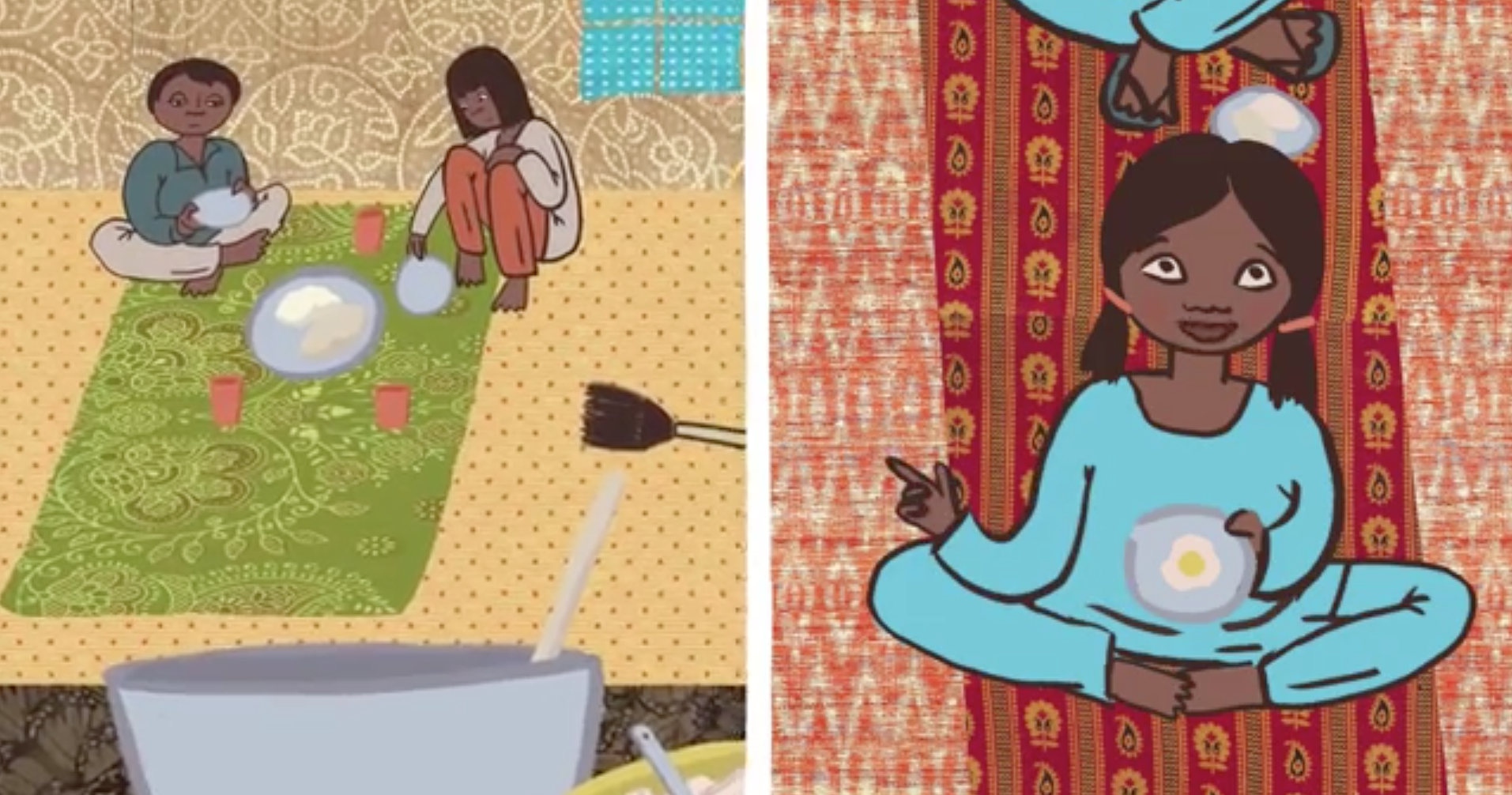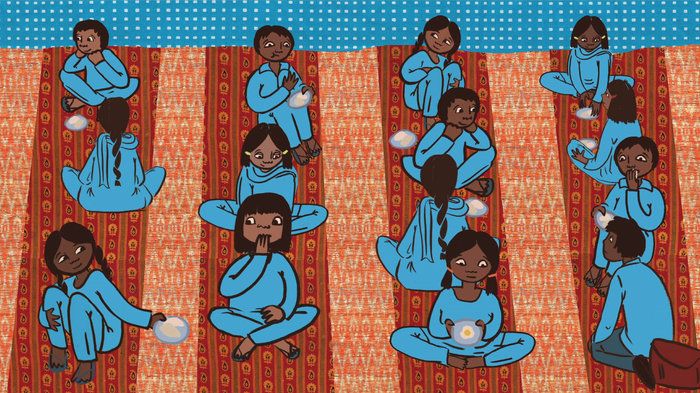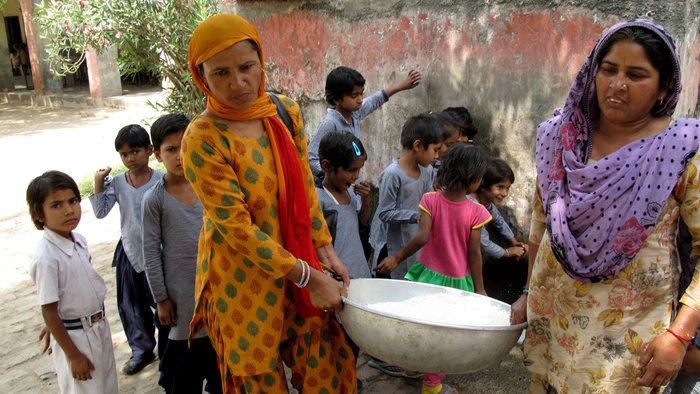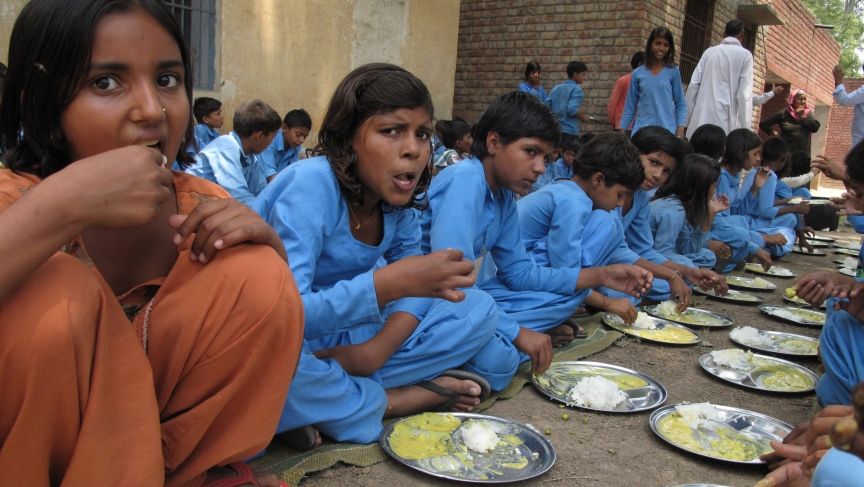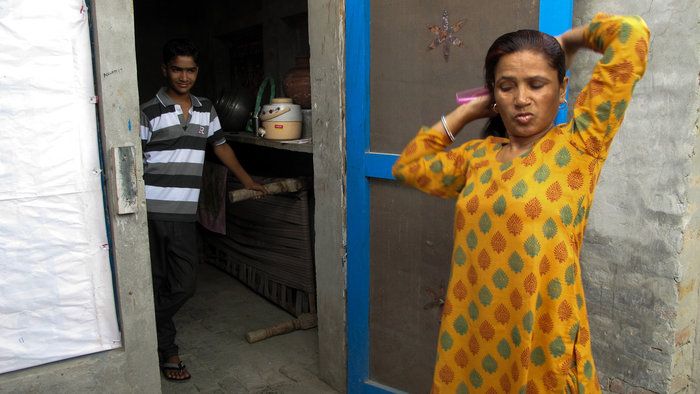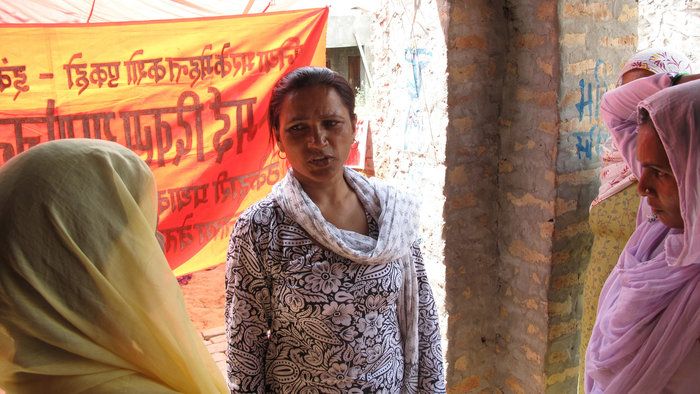This lesson is written as a series of notes for the facilitator.
Objective:
Students will analyze how important school lunches have become in India.
Warm-up:
As stated in the July 2008 report by the United States Department of Agriculture titled “The National School Lunch Program: Background, Trends and Issues”
“The National School Lunch Program (NSLP) was established under the National School Lunch Act (NSLA), signed by President Harry Truman in 1946, to 'safeguard the health and well-being of the Nation’s children and to encourage the domestic consumption of nutritious agricultural commodities and other foods.'” http://www.ers.usda.gov/media/205594/err61_1_.pdf
Read or show this statement to the students. Ask them to brainstorm how this would have helped American students, families, farmers and other groups they can think of.
Ask them to analyze whether the program is as important today as it was in 1946. Why or why not?
Introducing the Lesson:
Students will understand the importance of something simple like a school lunch by discovering its impact on India.
Activity:
Show the class the three minute 44 second video “Power Lunch: India’s mid-day meal program.”
Conclusion:
During the activity students should have come up with more benefits such as employment for the cooks, income to the farmers, increased income to families since they have fewer meals to provide, etc.
It will be interesting to hear the students’ ideas for other programs that could help. Whatever they come up with discuss the realities of the program being implemented.
Extension:
If a teacher would like to pursue this topic further they can share the following articles with their students.
“Egg War: Why India's Vegetarian Elite Are Accused of Keeping Kids Hungry”
“School-Lunch Program Provides Unexpected Benefits for Rural Indian Women”
"India's School Lunch Program Not Only Fights Hunger—It Can Breed Tolerance"
